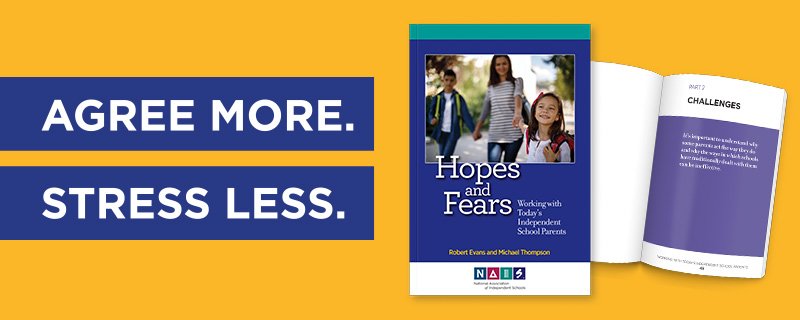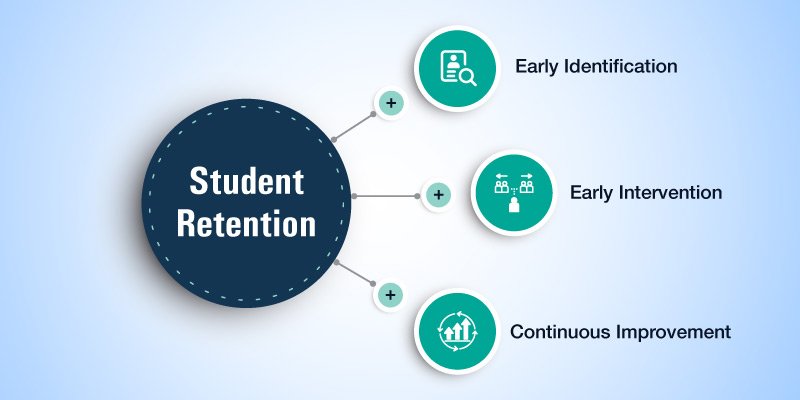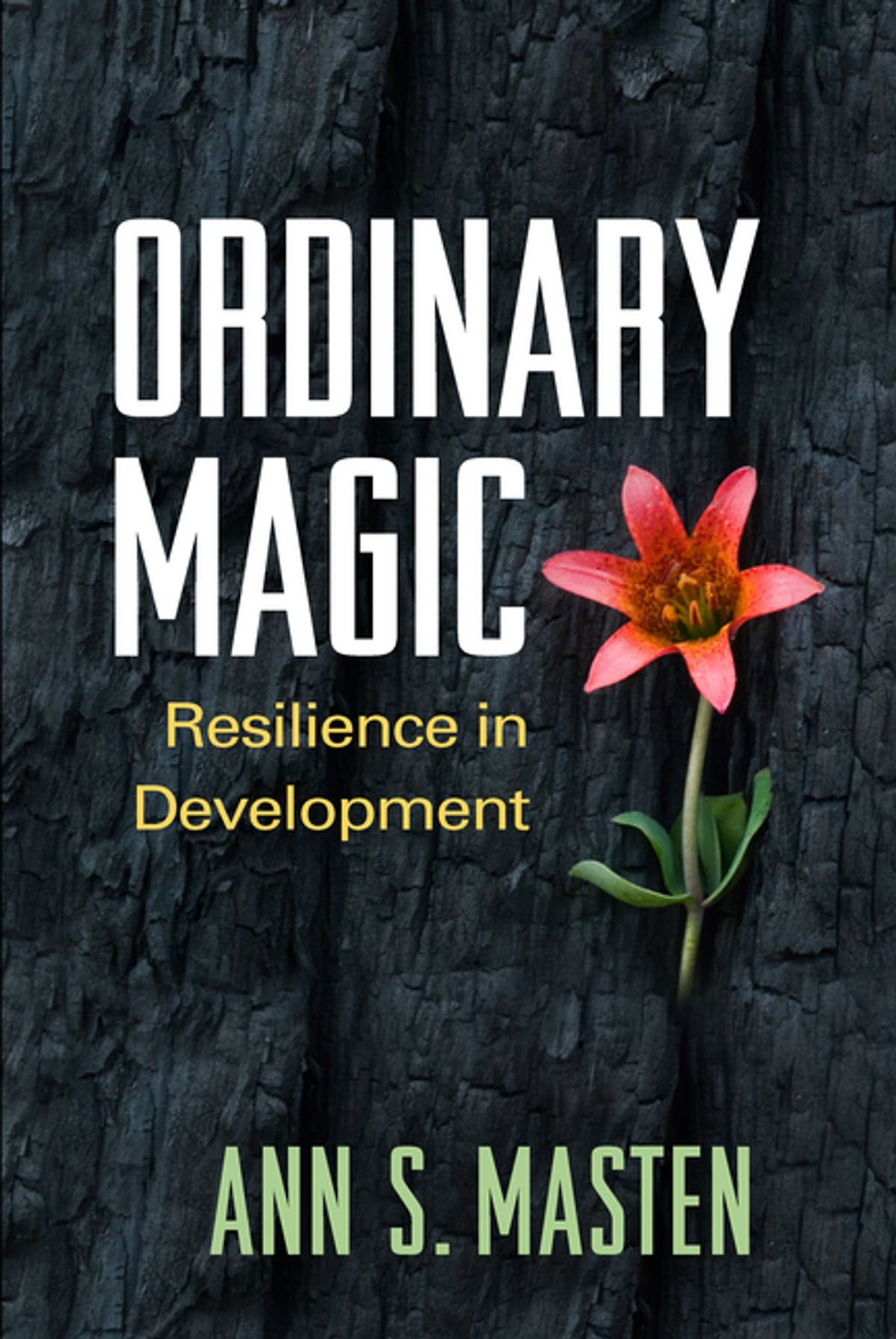If you speak to a wide range of people, from CEOs to lawyers, teachers, and stay-at-home parents, and ask them what causes them a lot of stress in their day-to-day lives, there is a high likelihood that they will all say email. Countless articles have been written and studies have been conducted on how email causes stress and how it has an adverse effect on people's health.
The purpose of this post is to introduce you to the concept of "Inbox Zero" and let you know that there are simple steps you can take to manage your email, so it does not cause so much stress and instead help you feel calm and in control.
One of the most important things that highly successful people have learned to do, including school administrators, is dealing with a high volume of email. I would argue that being able to manage a tremendous amount of email is crucial to just about any career. Many people's careers have been hindered because emails have "slipped through the cracks."
The three things that successful people have learned are:
Change their email mindset.
Create two email folders: one called "Action" and the other "Archive."
Process their email regularly.
If you want to be more successful and reduce your stress, the first thing you need to do is change your email mindset. Most people see their email inbox as a large bucket where they keep all their emails. They intermittently check their email during the day but do not have a systematic way of dealing with it. So things get lost, and emails pile up.
I challenge you to look at your email as you would the mailbox at the front of your home. In many circumstances, your email inbox has replaced your physical mailbox. Imagine every piece of physical mail you received you kept in your mailbox. Every time you needed some mail, you would simply go back and rummage through your mailbox until you found what you're looking for. This is how most people manage their email. You all realize that you need to empty and process your physical mail regularly. Email is the same.
The second thing you need to do is create two folders. One you will call "action" and the other you will call "archive." This is all you need. You don't need 150 different folders to keep your emails in. All email clients have exceptional search capabilities, so you do not need an elaborate filing system. You simply make a folder for emails you need to respond to and a folder for emails that you want to keep.
The third and most crucial part of managing emails is where the magic happens. You need to process your emails regularly. Each time you check your email, your goal should be to get your inbox down to zero. After processing your email, there should be nothing left in your inbox. This does not mean you have to answer every email each time you check it.
When you receive an email, you need to make a decision about what you need to do with it. There are only five actions you can take when you get an email.
One. You delete it
Two. Archive it
Three. You delegate it
Four. You do it (you answer it right away if it takes two minutes or less).
Five. Defer it (move it into your "action" folder).
The first four steps of deleting, archiving, delegating, and doing make the most sense. However, deferring is what often gets people confused.
I process my email every day with the goal of getting the inbox to zero. I move any emails that I cannot answer at that moment into my "action" folder.
At any one time, I might have between 20 and 60 emails that I need to answer. However, by processing my email, I am clear what I need to respond to, and the ones I need to reply to are not lost in a sea of other emails. I will then carve out time to answer the emails in my action folder and periodically process my inbox, so I know what I need to do.
By making these three small changes of changing your email mindset, creating two email folders and processing your email regularly, email will shift from being something that causes you stress and anxiety to a tool that can help you do your job more easily and communicate more efficiently. I challenge you to try the steps I have outlined in your own life. I guarantee that if you follow the steps, it will make an incredible impact on your well-being and peace of mind.
If you want to learn more about the concept of Inbox Zero, read the book Getting Things Done, mentioned in an earlier post and watch the Inbox Zero presentation given by Merlin Mann at Google. This video changed my life and made me drastically more productive.












